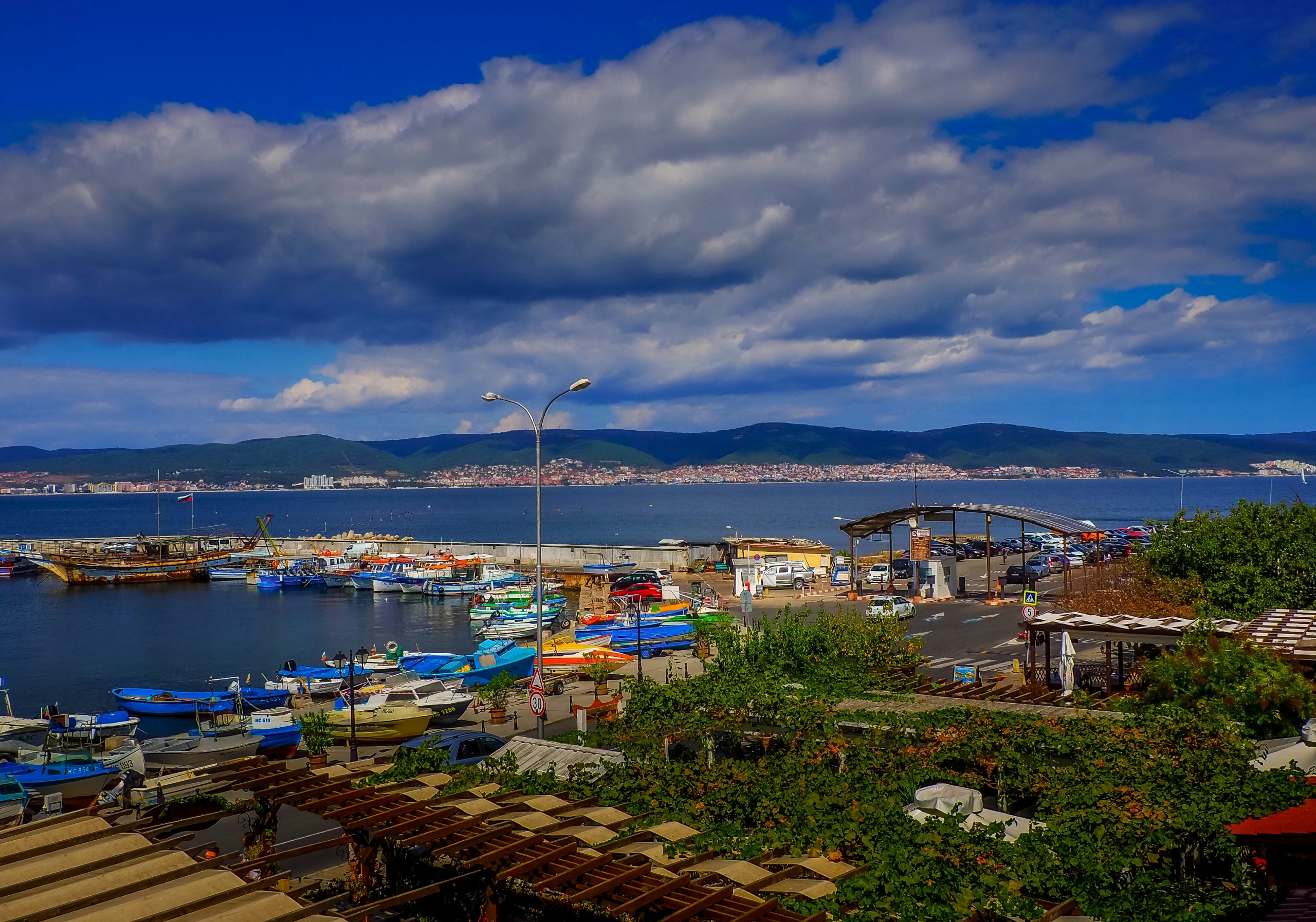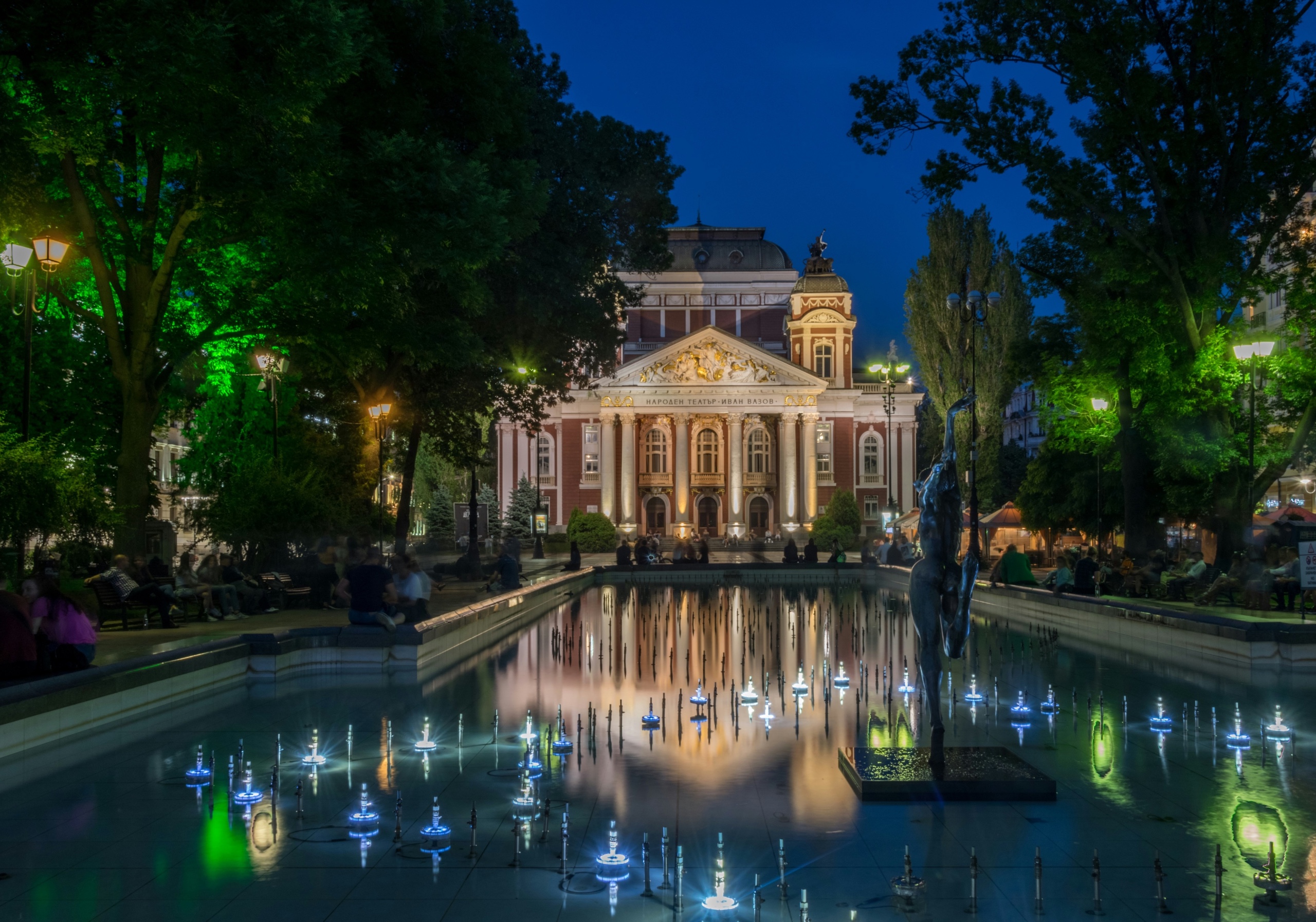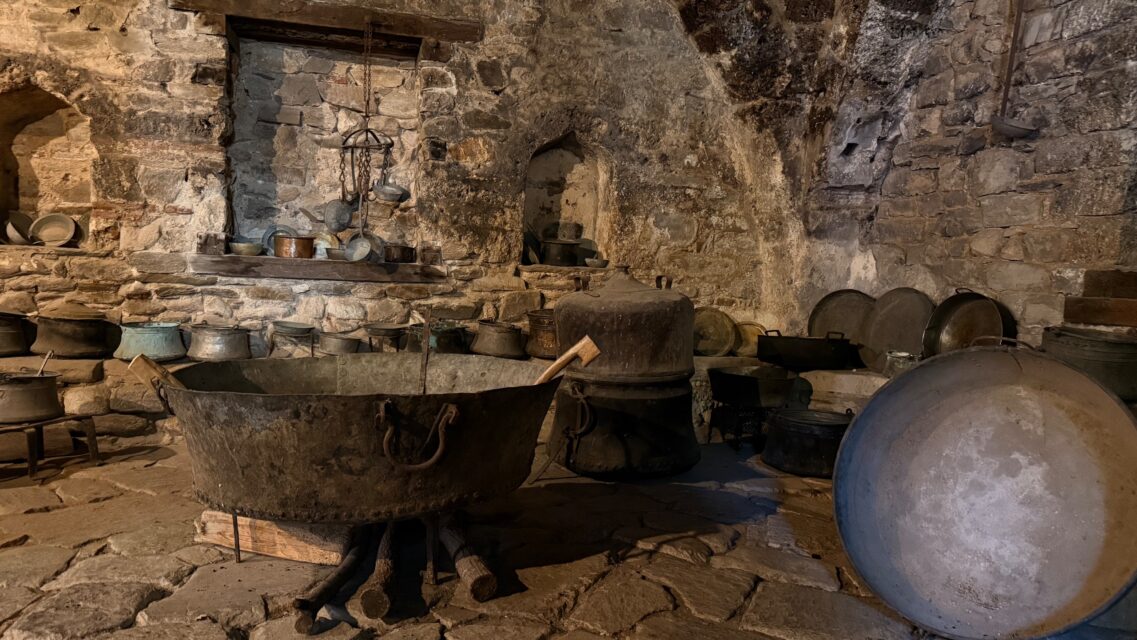If you ever visit Bulgaria, make sure you hit Plovdiv, take your shoes off and walk barefoot on the stones in the old city – just make sure you do it in the evening time. They say our feet are the grounding elements we have to better connect, well Plovdiv's old town doesn't just ground you, it shows you that time travel is a real thing, sending your energy back to the time the Romans laid down these stones. But strip away the mysticism and what remains is something more unsettling: direct physical contact with eight thousand years of continuous human decision-making, each stone representing choices about survival, power, and adaptation that echo through every major shift in European history.
The limestone beneath my feet carries a specific weight that comes from geological compression, but also from temporal compression. Each step covers multiple civilizations worth of trial and error in urban planning, military strategy, and economic adaptation. The stones aren't just old – they're repositories of accumulated knowledge about how to build cities that endure when empires collapse.
Walking here barefoot forces a reckoning with the uncomfortable reality that our contemporary urban planning represents maybe fifty years of accumulated experience, while these foundations encode solutions tested across millennia.
Bulgaria contains multiple cities that fundamentally challenge standard narratives about European development. Plovdiv has been continuously inhabited for eight thousand years, making it Europe's oldest continuously occupied urban center. Nessebar has been a functioning port for over three thousand years. Varna contains the world's oldest worked gold artifacts, predating Egyptian dynasties by centuries. These aren't isolated archaeological curiosities – they represent a parallel track of European civilization that developed sophisticated urban, metallurgical, and commercial systems independently of Mediterranean influence.
The standard historical narrative treats European civilization as a Mediterranean export that gradually spread north through Roman conquest and Christian conversion. But Bulgarian archaeological evidence suggests a different pattern: sophisticated indigenous European cultures that developed complex societies, advanced technologies, and international trade networks centuries before Mediterranean contact. The Thracians who founded Plovdiv weren't primitive tribes waiting for Roman enlightenment – they were urban planners who selected this specific geographic position after generations of accumulated knowledge about Balkan geography, climate patterns, and trade route optimization.
The Balkan Peninsula itself functions as a geographic laboratory for testing urban survival strategies. Mountain ranges create isolated valleys where distinct cultures can develop, while river systems and coastal plains provide agricultural foundations and trade access. The region's position between European and Asian landmasses makes it a mandatory crossroads for any civilization attempting continental expansion. But the mountainous terrain also creates defensive options that allow smaller, more adaptive cultures to survive imperial conquests that would crush settlements in open terrain.
Plovdiv's seven hills demonstrate this geographic logic in action. From Nebet Tepe, where archaeological layers stretch eight thousand years deep, you can see for kilometers across the Thracian Plain while remaining positioned for rapid retreat into mountain passes if larger armies approach. The Thracians who first fortified these hills understood defensive architecture not as abstract military theory but as practical survival knowledge accumulated through centuries of conflict with neighboring tribes, Persian invasions, and Macedonian expansion attempts.
When Roman legions arrived in 46 AD and renamed the city Trimontium, they inherited urban infrastructure that had already solved major engineering problems: water distribution systems that tapped mountain springs, drainage networks that prevented flooding during seasonal rains, and street layouts that maximized defensive advantages while facilitating commercial traffic. The Romans didn't impose civilization on primitive settlements – they upgraded existing systems that had already proven effective across multiple political transitions. Today, Plovdiv's municipal water authority still draws from the same mountain springs that sustained the original Thracian settlement eight thousand years ago. The main distribution pipes follow routes established by Roman engineers, updated with modern materials but utilizing the same gravitational flow patterns and elevation calculations that ancient hydraulic specialists determined were optimal for this specific terrain. Walking through the old town, you can trace these water lines by following the subtle elevation changes that Roman surveyors incorporated into street layouts, creating a urban design that functions as both transportation network and water distribution system. The engineering principles remain so sound that contemporary urban planners study Plovdiv's Roman-era infrastructure when designing water systems for modern Balkan cities facing similar topographical challenges.
The Roman Theatre exemplifies this adaptive reuse strategy. Carved into Plovdiv's hillside during the 2nd century AD, it exploits natural acoustics created by converging hills while providing entertainment infrastructure that could double as a political assembly space during emergencies. The theater still hosts performances today because Roman engineers solved acoustic and structural problems so thoroughly that modern sound technology can't improve on their solutions. Sitting in those stone seats during summer concerts, you experience continuity of function across two millennia – the same sight lines, the same sound patterns, the same relationship between performers and audience that entertained Roman citizens.

Nessebar reveals how geographic position creates civilizational inevitability. This rocky peninsula, connected to the mainland by a narrow isthmus that can be defended by minimal forces, became a mandatory control point for anyone attempting to dominate Black Sea commerce. The Thracians who established Menebria here understood maritime geography well enough to predict that this position would become strategically essential regardless of which empire claimed regional control. When Greeks arrived in the 6th century BC and renamed it Mesembria, they were claiming an established port that already controlled trade routes connecting Mediterranean markets to Central Asian resources.
The economic implications become clearer when you examine Nessebar's numismatic innovations. The standardized coinage minted here in the 5th century BC represented more than convenient exchange media – it constituted Europe's first systematic approach to international commerce, allowing merchants to conduct business across political boundaries without depending on barter systems that favored local knowledge over commercial efficiency. Walking through Nessebar's medieval quarter today, passing between Byzantine churches and Ottoman-era houses, you're following commercial pathways that have facilitated international trade for over two millennia.
Varna contributes the most disruptive evidence to conventional European historical narratives. The Varna Necropolis, discovered in 1972, contains over three thousand gold artifacts dating from 4600 to 4200 BC – predating Egyptian, Mesopotamian, and Indus Valley civilizations' comparable metalwork by centuries. These aren't simple ornaments but sophisticated ceremonial objects requiring advanced knowledge of ore extraction, smelting temperatures, and alloy compositions. The craftsmanship includes delicate filigree work, precision soldering, and decorative patterns that suggest established artistic traditions rather than experimental attempts at metalworking.
Grave 43, excavated in 1974, contained more gold than has been found in the entire rest of the world for that time period. The burial belonged to a male individual, aged 40-45, positioned with arms folded and accompanied by a gold-hafted axe that archaeologists interpret as a symbol of supreme authority. Three symbolic graves contained unbaked clay masks with gold inlays marking facial features – possibly the world's first attempts at individual portraiture, created for people important enough to merit representation in death.
The implications extend beyond metallurgical achievement. The Varna culture maintained trade relationships with regions spanning from the Volga to the Mediterranean, importing raw materials and exporting finished goods across distances that required sophisticated logistical coordination. Mediterranean Spondylus shells found in Varna graves may have functioned as standardized currency centuries before Greek coinage systems. The copper ore used in Varna artifacts originated from Sredna Gora mines near Stara Zagora, indicating resource extraction and processing operations that spanned hundreds of kilometers.
By the 7th century AD, when Slavic tribes migrated south from the Carpathian regions and Proto-Bulgarian nomads crossed the Danube from the Volga steppes, they encountered urban infrastructure that had already endured multiple imperial transitions. The cities they found weren't depopulated ruins but functioning centers with institutional knowledge about survival strategies, defensive architecture, and commercial networks. The Slavs contributed agricultural expertise and population stability, while the Bulgarians brought military organization and political ambition, but both groups inherited urban systems that had proven adaptable across thousands of years of political upheaval.
The geographic advantages that originally attracted Thracian settlements remained constant: river access for trade and agriculture, defensible elevated positions for security, and strategic locations controlling mountain passes between European and Asian trade routes. The political instability of the early medieval period, as Byzantine authority contracted and new peoples claimed territory, created opportunities for adaptive newcomers who could exploit existing infrastructure while adding their own innovations.

Sofia's evolution illustrates this adaptive continuity. Founded by Thracians near thermal springs that provided year-round water access, the settlement became Serdica under Roman rule and developed into such a significant administrative center that Constantine the Great considered making it his eastern capital. The thermal springs that attracted the original Thracian settlers still supply Sofia's public baths today, demonstrating how geographic advantages create urban constants that persist regardless of political changes.
Walking through these cities today provides direct access to this layered adaptation process. In Plovdiv's old town, Byzantine street patterns follow Roman layouts that respected Thracian defensive positions. Nessebar's medieval churches occupy sites where Thracian temples once stood, using the same elevated positions for the same combination of spiritual and strategic purposes. The continuity reflects not romantic preservation of the past but practical recognition that certain geographic solutions work across different technological and political systems.
The barefoot experiment in Plovdiv connects you to this accumulated problem-solving knowledge. When your feet directly contact stones shaped by Roman engineering, laid over Thracian foundations, and worn smooth by centuries of Byzantine, Ottoman, and modern traffic, you're experiencing the physical accumulation of urban adaptation strategies. These stones don't just mark historical periods – they represent tested solutions to problems that contemporary urban planners still struggle to solve: how to create cities that can endure political transitions, economic disruptions, and technological changes while maintaining their essential functions.
The lesson extends beyond Bulgarian borders. These cities demonstrate that European urban civilization developed along multiple tracks simultaneously, with sophisticated indigenous cultures creating complex societies independently of Mediterranean influence. The archaeological evidence from Plovdiv, Nessebar, and Varna suggests that our historical narratives have systematically underestimated the depth and sophistication of pre-Roman European urban development. Walking barefoot through Plovdiv's old town becomes more than sensory experience – it becomes direct contact with evidence that European civilization is older, more complex, and more indigenous than standard historical accounts acknowledge.

